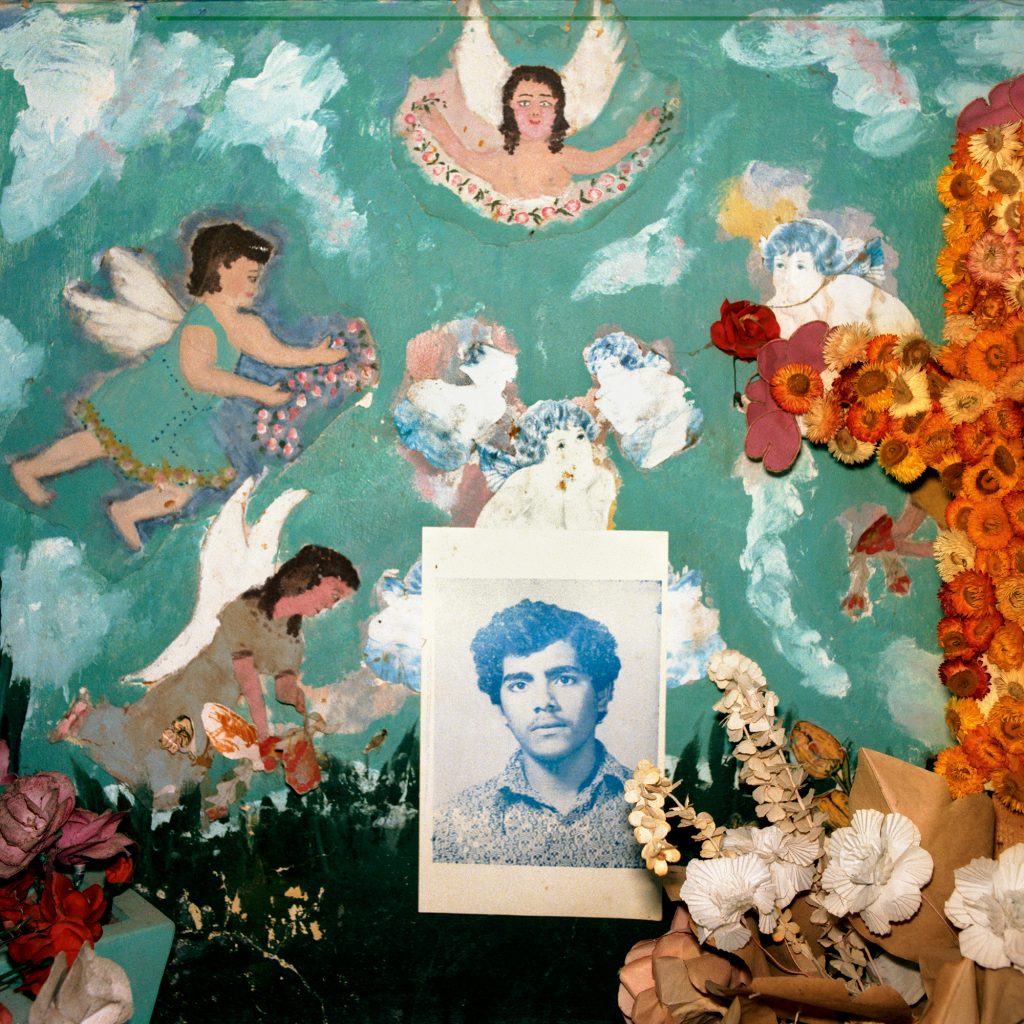Chilean-Canadian photographer Rafael Goldchain has shot his beautifully composed images across locales like Honduras, Mexico, Nicaragua and Guatemala. But it was in Israel, as a student at Hebrew University, where his evolution as an artist began.
“That’s where I discovered myself as a photographer,” says Goldchain, whose work headlines Recuerdo (through Oct. 19, 2025), a landmark exhibition of Latin American photography at the Art Gallery of Ontario in Toronto. “While I’d been shooting hobby-style since age 12 in Chile, I discovered in Jerusalem that I like photographing people most, and that the theatre of the street is what interested me.”
Since that four-year sojourn in Jerusalem, Goldchain has built a career as one of Canada’s most celebrated photographers. Along with exhibiting around the world, his work is in permanent collections of institutions including the Bibliothèque Nationale, Paris; the National Gallery of Canada; the Museum of Modern Art in New York; and Houston’s Museum of Fine Arts.
One of his most evocative photos lent its title to the AGO exhibition, which spotlights 20 artists whose work spans a century. Along with pioneers like Mexicans Tina Modotti and Manuel Alvarez Bravo—whom Goldchain befriended during a brief residency in Mexico City—Recuerdo showcases art-world stars like Graciela Iturbide and Canadians including Michael Mitchell and Jewish photographer Reva Brooks, all of whom worked in Latin America.
The headline image, Recuerdo, depicts a Mexico City photographer’s studio. Its title resonates both for Jews and anyone living a form of exile, Goldchain says. “The word ‘recuerdo’ can mean ‘I remember’, or ‘a memory’, or ‘a souvenir’. In this context, it’s about the contrast between an exile’s memory of the place they came from and the idea of an idyllic album of pictures, tastes and sound bites from the time when the exile was actually living in that home country. It’s a longing for a country, knowing full well that country no longer exists.”
The image of the studio, which also adorns the AGO’s catalogue for Recuerdo, is the most resonant in the show for Goldchain. “In a way, it’s emblematic of my activity of a photographer, and emblematic of photography as a generator of memories and time gone by,” he says. “There’s also a little reflection of me in a mirror—a way of saying the photographer is reflected in his own pictures.”
The concept of recuerdo is mirrored in Goldchain’s peripatetic life. Santiago-born, he left Chile for Jerusalem in 1971 “to make a break while I could, and start an independent life,” he says. Two years later, when his pharmaceutical-executive father was offered a promotion, his parents and brother Jaime moved to Mexico City. “It was just before the horrific 1973 coup in Chile, and if not for the job, we would have stayed,” he says. “I don’t want to consider what could have happened.”

During the Yom Kippur War, Goldchain’s grandfather arrived in Jerusalem “to make sure I didn’t join the army. He had a ticket to Mexico. I knew how hard it would be to leave Israel, so I went with him.” In 1976, after a short stay in Mexico, Goldchain moved to Canada. In the ensuing decades, Toronto became his home base for trips across Latin America; in between, he earned an MFA from York University, an MA in art history from University of Toronto and a Bachelor of Applied Arts from Ryerson University (now Toronto Metropolitan University), and taught at Sheridan College for nearly 30 years, retiring from academia in 2023.
Behind the scenes, in the 1990s and 2000s, Goldchain was exploring his own roots, and turning the camera on himself. In 2008, he published I Am My Family (Princeton Architectural Press), a collection of self-portraits of the artist as his relatives, many of whom died in the Holocaust—”from his short-story-writing grandfather, to his great-aunts Pola and Fela, to the Rabbi Gur’s nephew in wedding dress”, as the jacket copy explains. “It’s much more personal work,” Goldchain says.
Did Goldchain’s parents ever push back on their free-spirited son’s artistic pursuits? “My father was a passionate amateur photographer,” he says. “They had their misgivings, but I have to give them credit, because they never opposed me. They did wonder how long it was going to last, and when I was going to get serious. They might have been most surprised when it started working out.” While Goldchain sometimes photographed weddings to support himself through school, his work as a medical photographer at Toronto hospitals provided a steady income stream during his early years.
Today, Goldchain and his wife live in Port Hope, about 70 miles east of Toronto; his son is a music producer in the city. “My wife’s sisters live here. We had lived at Spadina and Dupont for many years, but we were getting tired of the city. I also wanted a larger home with a studio, which we could not afford in Toronto.”
Longtime members of the city’s Danforth Jewish Circle, the couple discovered “there is Jewish life in Port Hope,” he laughs. “There is a loosely linked group of people who get together from time to time, and there’s a small but important Jewish community nearby in Oshawa, whose Beth Zion synagogue we sometimes attend.”
In a world flooded by images, Goldchain says today’s aspiring photographers have as much of a chance as he did to break through.
“You have to have good work and put it out there,” he says. “Instagram is full to the brim of people who think they’re great photographers because they took one good picture today. But can you make a good one tomorrow? I realized years ago that photography could be a profound way of expressing one’s being in the world, like literature or poetry.”







